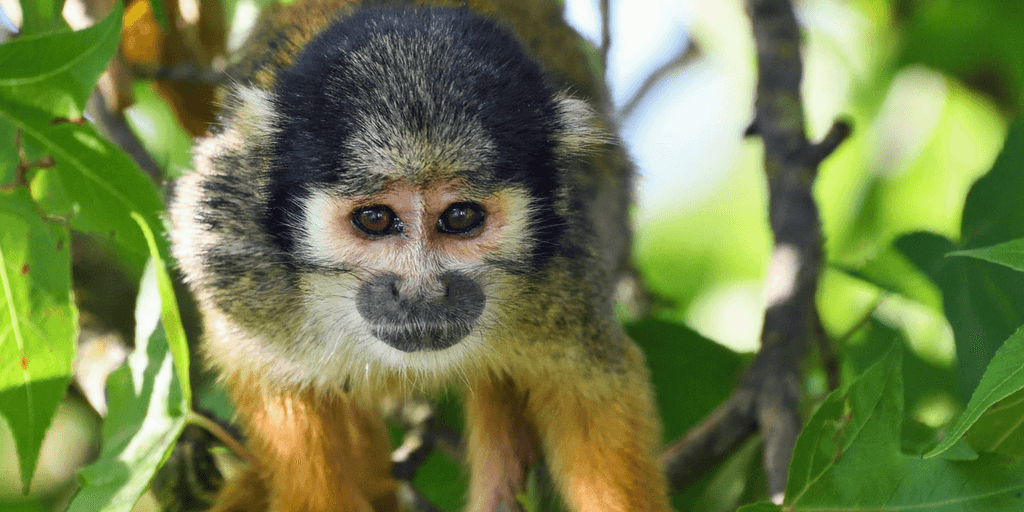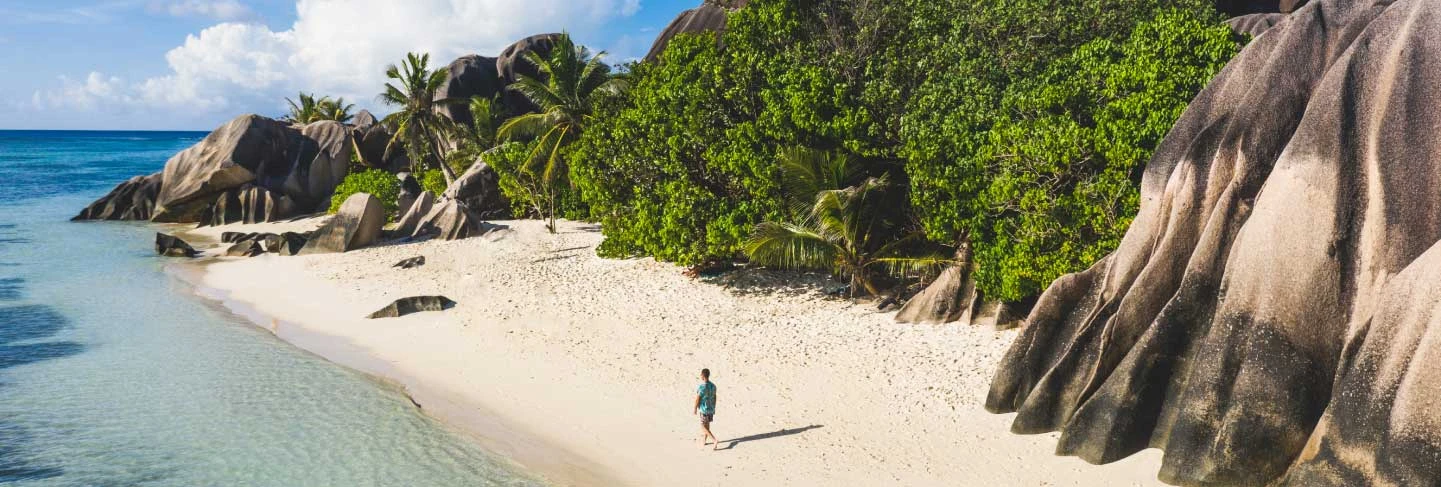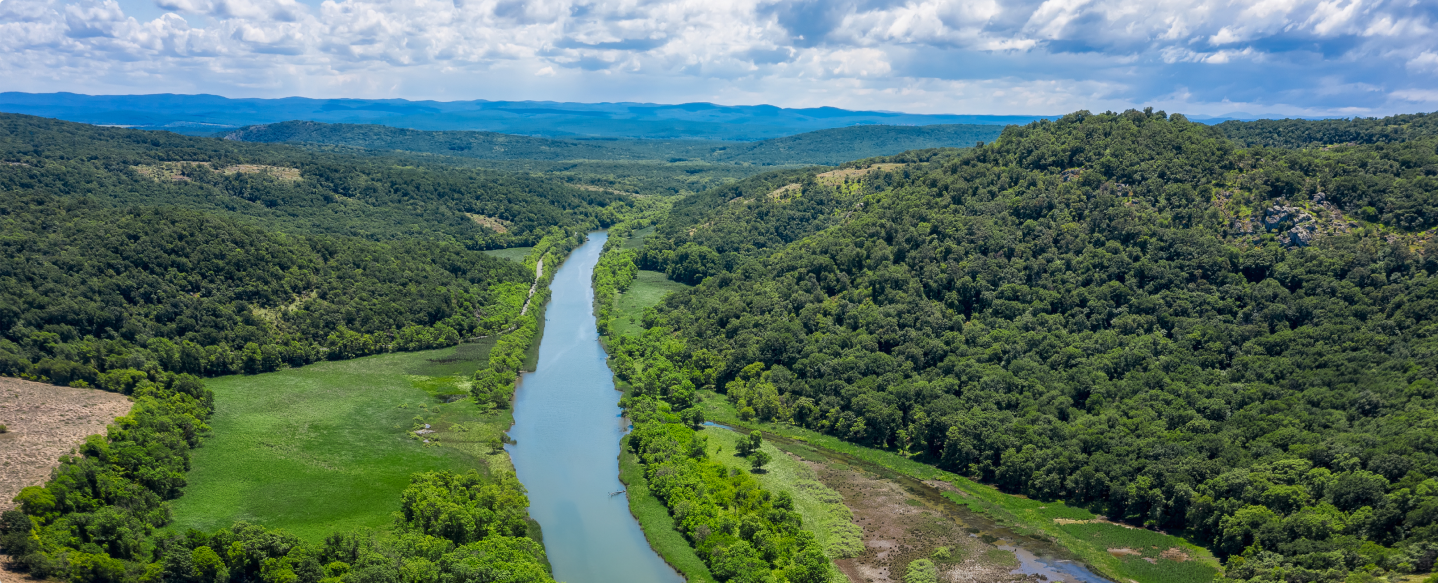
12 awesome things to do in Peru
Jana Jansen van Vuuren
Posted: August 3, 2020
Travelling to Peru can be an epic adventure if you have the best things to do in Peru on your travel itinerary.
Not sure where to start? Well, this list of awesome things to do in Peru will set you up with the perfect experience abroad.
1) Explore points of interest in Lima
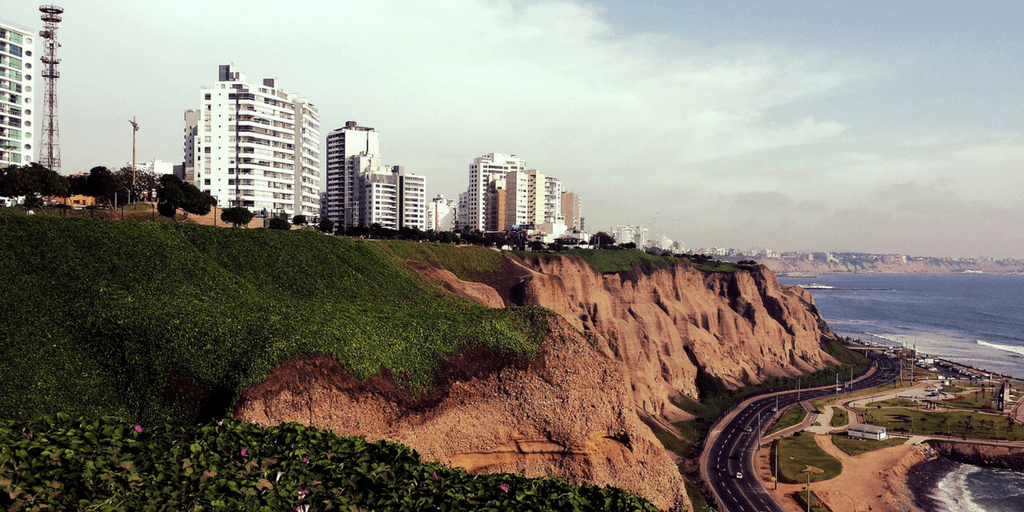
You won’t be at a loss for things to do in Peru’s seaside capital, Lima. Not only is the city a bustling metropolis – featuring abundant shopping opportunities, tons of fine-dining establishments, and a spectacular “food street”, it also houses classic Spanish-style buildings and pre-Incan structures within its city walls. And that’s not all.
You can enjoy this capital’s sandy beaches all year long because, in Lima, it almost never rains and the climate is usually warm and “spring-like”.
Take a stroll past the water fountains and manicured gardens of the Plaza de Armas courtyard, hemmed in by buildings draped in colonial-style architecture. Afterwards, head over to the up-market Miraflores District, overlooking the Atlantic Ocean, for a bike ride along the boardwalk.
Pass through the seaside Parque del Amor, Park of Love, and the well-known Parque Kennedy. Stop in at Larcomar mall to shop for clothes and accessories and sample classic Peruvian eats.
Nearby, you can catch a glimpse of Peru’s history by touring the city of Huaca Pucllana, a compound containing a pyramid structure where sacred rites were performed by Lima priests.
And if you’re more of the artistic type, why not head over to the Puente de los Suspiros, or Bridge of Sighs, in the district of Barranco for romantic ambience and scenery. This borough houses the museums of classical and modern art and is also the perfect place to explore Peru’s vibrant music scene.
You could even visit the outskirts of the city to see the multi-coloured homes of the informal settlements, or the pueblos nuevos (young towns) stretching out onto the surrounding hillsides.
2) Visit Peru’s many beaches
Peru has over 1,500 miles (2,000 kilometres) of desert shoreline – yes, an area where the desert meets the sea!
Here, the average temperature is around 30°C ( 86°F), and the waters of the Pacific Ocean are mild to cool on any given day.
It isn’t hard to see why Peru is a favourite among tourists seeking a sunny getaway or on the hunt for the perfect waves.
But because they’re so popular, Lima’s city beaches, like Costa Verde, can become very crowded. If you would like a more secluded spot, head over to Paracas Natural Reserve, where your main beach buddies will be the many endemic bird species that call this protected area their home.
You’ll also never be without friends if you’re a surfer visiting the country. Surfing is a popular pastime all over Peru. So much so, that one of only six surfing reserves in the world is located in the city of Trujillo, to the North of Lima.
Further reading: Ten things you need to know for your first volunteering trip
3) Go sandboarding in Huacachina
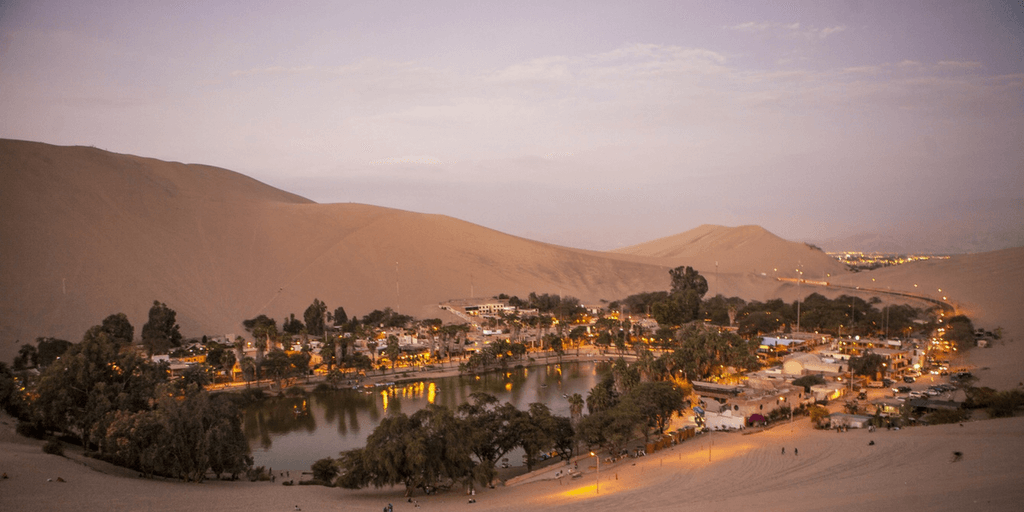
Imagine making your way across the desert landscape surrounding Lima, keeping an eye out for the tropical forests on the other side.
You’re sweating, thirsty and covered in sand. On the horizon, you spot something gleaming like a colossal mirror that’s been left behind in the sand. A mirage? No, it’s the waters of the desert village of Huacachina that you’re seeing!
The little desert oasis has become a popular day trip from Lima in recent years. Travellers can spend their time working on their tan and taking a dip in the clear-water lake. The more adventurous can try out sandboarding along the dunes that stretch out as far as the eye can see.
Further reading: 17 excellent reasons to volunteer
4) Taste Peruvian food
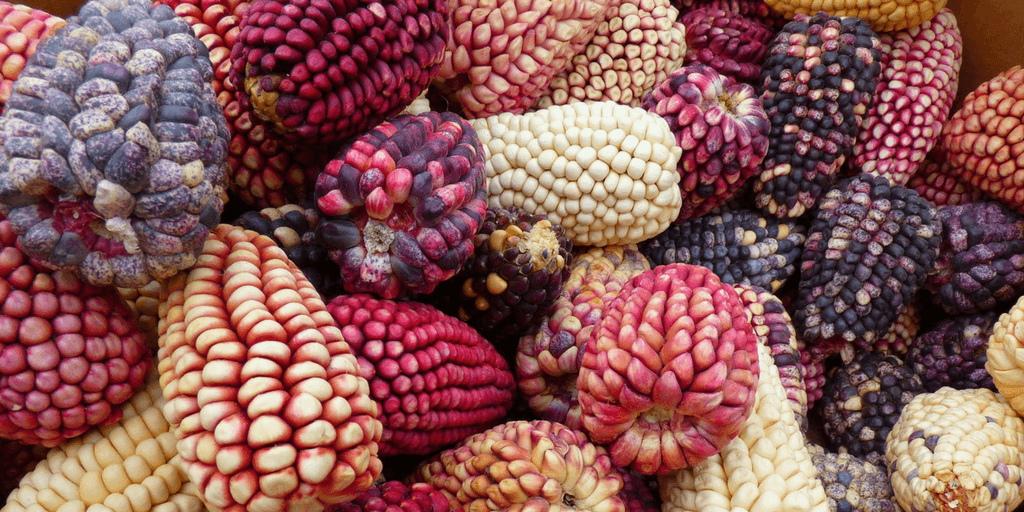
Sample Peru’s cuisine to find out why this South-American country is on par with the finest food the world has to offer. In fact, Central Restaurant, based in Lima, even ranks sixth on the list of The World’s 50 Best Restaurants.
What makes Peruvian cuisine so good? Well it has a lot to do with the natural biodiversity of the Andes and Amazon regions as well as the diversity of cultural influences.
Crops, like potatoes and maize, now popular across the globe, first originated in Peru, and the world is still discovering highly nutritious, versatile and flavourful Peruvian crops like quinoa, maca, lucuma and camu camu.
Stop at a street-stall to try traditional Peruvian-style foods like ceviche (a tangy seafood marinade), lomo saltado (a Chinese-inspired beef stir-fry), beef heart kebabs called anticuchos, and roasted cuy (which many will know as guinea pig).
Wash it all down with a refreshing drink of Inca kola, a gold-coloured herbal soda synonymous with Peruvian patriotism.
5) Trek the Inca Trail through the Andes mountains
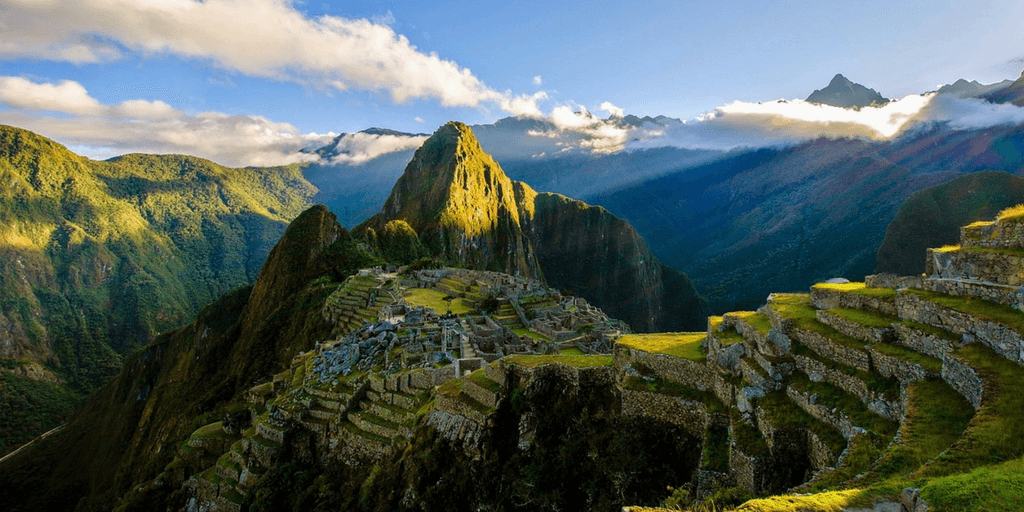
No list of Peruvian adventures would be complete without exploring the Inca Trail to the palace complex of Machu Picchu.
What most people don’t realise about the remnants of Incan society you’ll see at Machu Picchu, is that they aren’t ancient, but medieval.
The trail begins in Cusco, the capital city of the Incan Empire. It then heads upwards along a pathway built by the Incas. This will take you through treeless tundras and cloud forests.
Along the way, you’ll also get a glimpse of clear-watered mountain streams and an abundance of unclassified tropical blooms.
Keep an eye out for Incan villages and structures like storage houses and farms. And, finally, on the fifth day, get geared up to climb the stairs up to Machu Picchu!
Like most Incan settlements you’ll find a series of terraces with built-in irrigation systems, as well as a temple to their sun god, Inti. But, the star attractions are the Intihuatana Stone, a place believed to anchor the sun’s journey, and a ceremonial cave with carefully placed windows that allow the sunlight to light up the space during the winter solstice.
While you’re here also be sure to visit the thermal baths of the neighbouring town of Aguas Calientes.
By trekking across Peru, you’ll experience so many of the country’s wild terrains. This includes taking in the sunlight as it reflects off of the tundra, feeling the intense humidity in the forests and keeping warm in the freezing temperatures at some of Peru’s highest points.
Keep in mind that as you ascend the peaks the climate can change drastically, and altitude sickness is a concern when trekking up the Inca trail. You’ll stay safe if you take it slow, and set off with a trusted tour operator.
If you are planning a visit, ensure that you book early. The trail is closed during February for maintenance, and spaces are limited during the open season. And, because of its popularity, spaces fill up quickly, so it’s best to book at least a year in advance.
Further reading: 16 of the best fundraising ideas for volunteers
6) Visit the ruins around Cusco
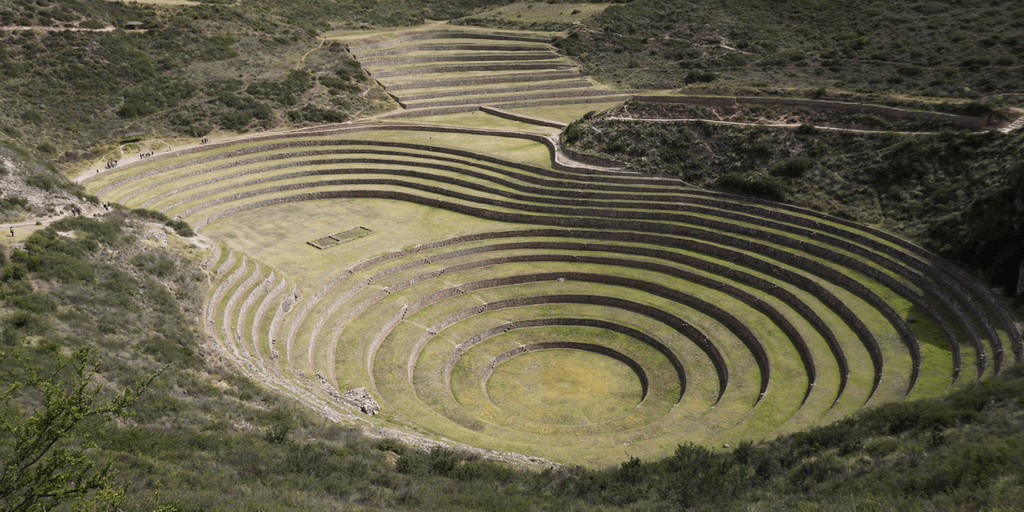
If you weren’t able to book a trip up the Inca Trail, don’t despair. The valley you’ll see trekking the path is important to the history of Peru, but the city of Cusco is where the Incan Empire originated. And there is a lot to see within the walls of the Incan capital itself.
There’s Pisac, a settlement designed for the Peruvian nobility, which is similar to Machu Picchu – with temples designed to align to the sun, as well as sacred altars, baths and fountains.
Ollantaytambo is another estate, built for an Incan sovereign, and it can be visited on a day trip from Cusco. The town is still inhabited and a large temple, storehouses and terraces are located close by. You can also learn more about the military prowess of the Incans by visiting the fortress of Sacsayhuaman.
And, if you’re more interested in the empire’s farming practices, you can take a tour of Moray – an archaeological site that sheds light on Peru’s agricultural past. You could also speak to the farmers of the Maras salt plains, which were originally established during the time of the Incan Empire.
7) Shop for Peruvian souvenirs
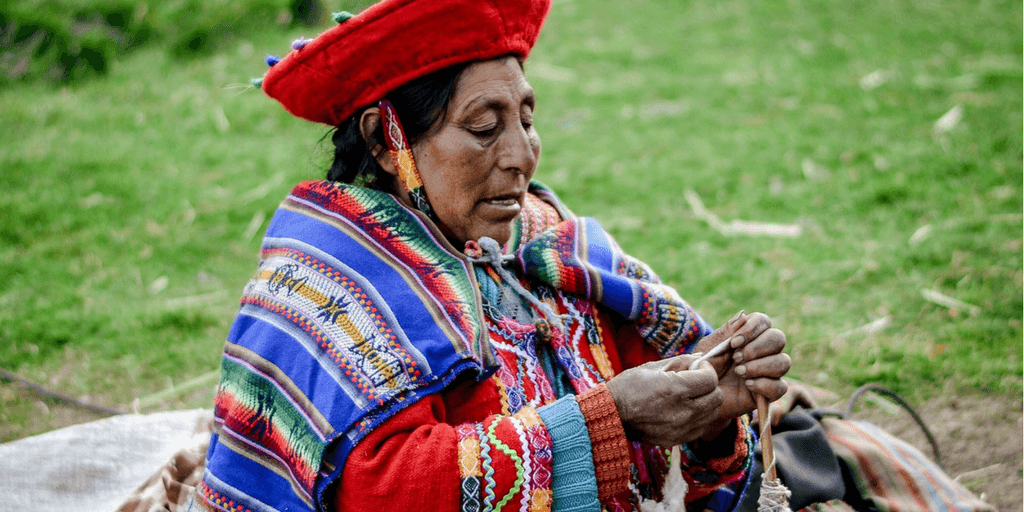
Let’s be honest, some of the keepsakes you bring home from holiday can be pretty frivolous, as well as expensive! But there are many Peruvian souvenirs that are functional, and won’t cost you an arm and a leg.
For example, Peru is filled with fabric merchants. Their fabrics are made using a practice perfected over three millennia, and Peru’s master-weavers create vibrant, light-weight and oh-so-soft fabrics from alpaca and llama wool.
The craft developed as a way for the people of the Andes to stay warm in the icy climate of the higher altitudes. While you’re in Peru, you can shop at local markets to find items created using these fabrics, including blankets, skirts, hoodies and hats.
8) Visit the floating islands of Lake Titicaca
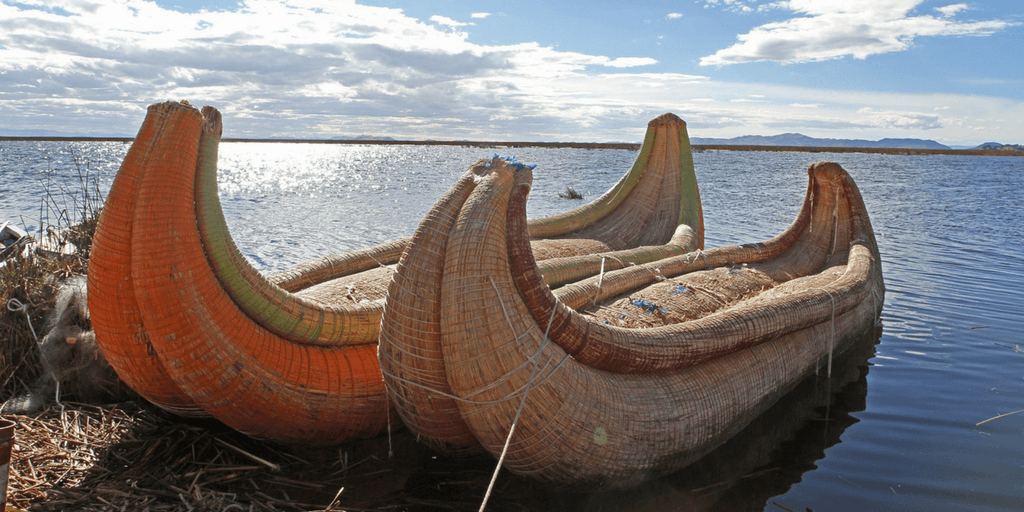
In the south of Peru, on the border of Bolivia, you’ll find the small town of Puno and the enormous Lake Titicaca.
Not only is this area inhabited by rare land and water creatures that are found nowhere else in the world, but it’s also home to the Uru – an indigenous Peruvian community – whose traditions of creating islands out of floating reeds attracts thousands of tourists every year.
The islands are hand-woven from the stalks of the totora, a large water plant native to the area. It can be hard work keeping the islands afloat, as the parts submerged in the river soften and rot over time. To prevent their islands from disappearing, villagers regularly add a top layer of reeds.
The Uru also make huts and boats out of the totora plant, and use the roots as food and medicine.
While you’re on Lake Titicaca, you can also explore the several naturally occurring islands scattered across this enormous body of water. On the Bolivian side of the lake you’ll find the rumoured birthplace of the sun and moon, the islands of the Isla Del Sol and Isla De La Luna.
Further reading: Six tips on how to be a responsible volunteer
9) Celebrate the rites of the Puno festival
If you’re lucky enough to be in the city of Puno early in February you’ll be able to witness the Feast of the Virgin of Candelaria. This two-week festival is one of the biggest in South America, drawing crowds in the thousands.
Anthropologists and historians believe that the festival might date back to an indigenous harvest festival, which became Christianised during colonial times. The main event is a dance competition where dance troupes decked out in festive regalia compete for the top spot.
Further reading: Nine inspirational travel and volunteering quotes
10) Marvel at the Nazca lines
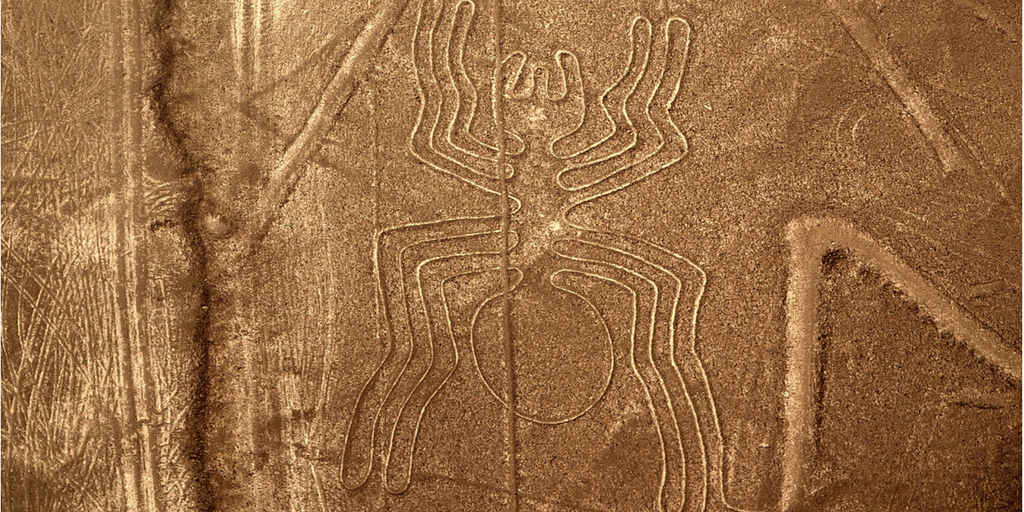
Hop on a small plane or hot-air balloon and head south, down the coast of Peru. As you take in the rolling hills and dunes of the arid desert landscape you might notice some massive geometrical shapes scribbled across the scenery.
A tree, a bird, a spider – these are some of the gargantuan drawings made by the Nazca tribe who lived in Peru. At first, these shapes were made by scraping off the top layer of red soil, revealing the white layer underneath. Later on, these designs were created by piling stones on top of the ruddy upper layer of soil.
No one really agrees on what they were used for, but most people believe they were made for some ritualistic purpose. For example, they may have been used to keep track of the stars or communicate with the sky gods.
11) Take a riverboat ride through the Amazon Rainforest
More than 50% of Peru’s landscape is made up of the Amazon Rainforest, and one of the best ways to experience the natural beauty of this environment is to take a riverboat ride through the area.
Book one in Pucallpa, the gateway to the Peruvian Amazon, and travel down the Ucayali River.
There are more species of butterfly found here than there are anywhere else in the world. So don’t be surprised if a kaleidoscope of butterflies passes close by your boat. Try to spot some blue morphos, a topaz-hued butterfly that can grow to be the size of your hand!
And keep an eye out for the pink noses of river dolphins, and the charcoal-grey backs of West-Indian manatees as you sail by in the snaking green waters.
Then look to the treetops to spot the tails of the many varieties of monkeys that make the jungle their home. Among the luscious green leaves and vines, you’re also sure to see the bright plumage of a parrot or hummingbird.
Stop off at the central jungle town of Iquitos, the historical centre of the rubber industry. Here you can visit Belen – an informal settlement of huts built on stilts implanted in the riverbed – and sample the spicy lemongrass-like flavour of leafcutter ants.
You can travel deeper into the jungle to visit the many small villages of the Bora people, and learn more about their commitment to a symbiotic relationship with the forest.
Further reading: Six unusual animals to look out for in Costa Rica
12) Encounter Peru’s boiling river
Of all the surprises you’re likely to find in the Amazon, a river that scorches everything that comes near it can easily top the list.
The “boiling river” was recently rediscovered by Andres Ruzo, a young geophysicist, who informed the scientific world about the existence of this steamy river. It’s seen as a sacred spot by the people who have lived here for centuries.
Because this is a relatively new tourist destination, you’ll have to trek through a good few miles of jungle to get there, but there are many organisations in Pucallpa that offer this tour.
Once you reach the riverbank, keep an eye out for Sumrina, a powerful spiritual teacher said to appear in the centre of the river – but only to those who are truly ready to hear his wisdom.
Further reading: Six reasons you need to volunteer abroad in Mexico
What to remember when travelling to Peru
- Time: Time in Peru is five hours behind Greenwich Mean Time (GMT).
- Currency: One US dollar will buy you around 3,52 Peruvian Sols – in 2020.
- Language: Spanish is the national language although the native languages of Quechua and Aymara are also spoken throughout Peru.
- Country code: Phone Peru by adding the country code 0051 ahead of the number you’d liked to call.
Where can I volunteer in Peru with GVI?
As a GVI volunteer in Peru, you will be based in Cusco, and work with communities in and around the city.
You can choose to work for two to twelve weeks on gender equality initiatives or assist schools in the area with their curriculum.
We also offer short-term international development internships in Peru where you can add to your professional development while volunteering abroad. Community interns will work on education and women’s empowerment projects and get involved in activities other that are requested by leaders in the community.
With lots of ways to volunteer and tons of things to do in Peru, this travel destination is a list-topper.
Find out more about GVI’s volunteering and internship opportunities in Peru, and experience these top 12 things to do in Peru for yourself!
